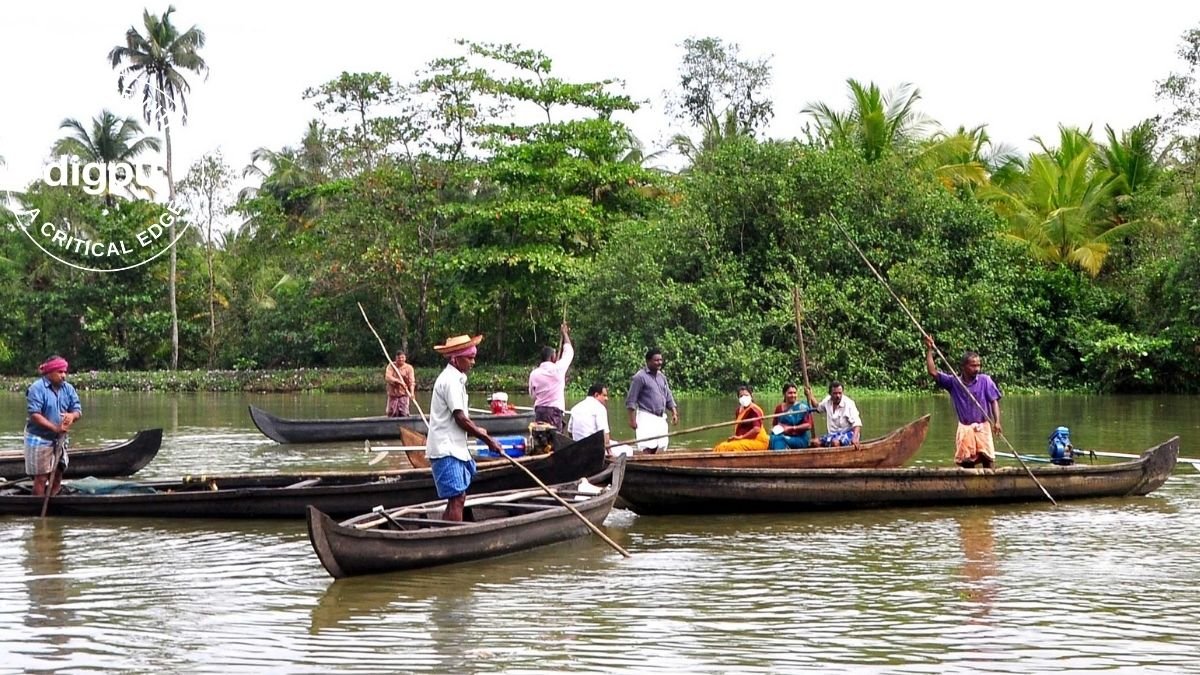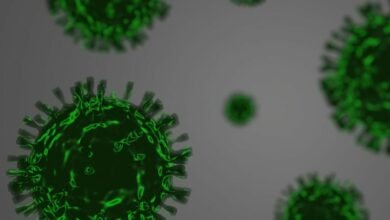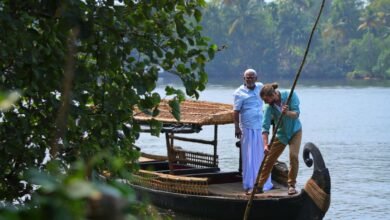CMFRI efforts boost clam-fishery and livelihood options of Kerala fishermen

Central Marine Fisheries Research Institute’s efforts to rejuvenate clam-fishery in Vembanad Lake yield good results
An effort aimed at providing a boost to clam-fishery and thereby enhancing the livelihood options of clam-fishers living around the vast Vembanad Lake in Kollam district of Kerala is reaping success.
Led by the Central Marine Fisheries Research Institute (CMFRI), efforts were on to rejuvenate the black clam (Villorita cyprinoides) resource in the Vembanad Lake has yielded results with fishermen starting to harvest good catch from the region.
CMFRI’s initiative of relaying baby clams in various sites in Vembanad facilitated increasing the clam production, which in turn helped fishers harvest around 10 tonnes of clam per day from two areas of the lake.
Kerala clam-fishery rejuvenation gets CMFRI technical guidance
The Molluscan Fisheries Division of CMFRI re-laid baby clams after identifying suitable areas on the northern side of the Thanneermukkom barrage. The initiative, which was rolled out as part of a ‘clam rejuvenation’ project taken up by the Fisheries Department of Kerala using the District Panchayat Scheme, saw close to 200 tonnes of baby black clams being re-laid in Keecheri and Chakkathukadu areas of the Vembanad Lake. The project was undertaken under the technical guidance of CMFRI.
Elaborating on the project, scientists at CMFRI said that the initiative is expected to yield a production of close to 1500 tonnes from these sites. The number is, in fact, more than seven-fold of the re-laid baby clams.
The long undisturbed period of nearly two years has facilitated at least two spawnings followed by spat settlement, leading to the establishment of a new black clam bed in the Lake and thus enhancing the clam resource, added Dr. P Laxmilatha, Head of Molluscan Fisheries Division (MFD), CMFRI.

According to her, relaying of baby clams led to the establishment of the resource in these areas spreading around 20 hectares and helped fishers harvest adult clams with good growth rate.
“The production of black clams declined from a peak of 75,592 tonnes in 2006 to 42036 tonnes in 2019 in Vembanad Lake. Low production owing to multiple reasons and the pandemic have had cascading effect on clam fishers along Vembanad Lake,” Dr Laxmilatha pointed out.
Each canoe collects 450 kg of clams per day
Fishermen under the Keecheri Ulnadan Matsya Thozhilali Sahakarana Sangham collect the clams using canoes from re-laid locations and sell clam meat for 150 per kg in the nearest market. Each canoe collects 450 kg of clams per day.
According to Dr Vidya R, scientist at MFD, CMFRI, who led the project, apart from increasing the production of clams in the area, the relaying has helped clam fishers to sustain their livelihood during the tough pandemic period.
She pointed out that nearly 5000 fishermen are involved in black clam fishery in the Vembanad Lake. The clam rejuvenation programme has greatly helped in increasing the production in the backwaters, thus providing a lifeline to the fishers depending on clam resources in the area, Dr Vidya added.







